Difference Between Hair Shedding and Hair Loss
We can all relate to the despair one feels on a bad hair day. Hair loss is a common issue of concern among people, regardless of their gender and age. However, despite what anti-hair fall shampoo and serum ads might tell you, a certain amount of hair fall is a completely normal part of human life.
An average person loses about 50-100 strands of hair every single day. In this blog, we will attempt to explain to you all the dermatological facts surrounding hair shedding and hair fall. By the end of reading this blog, you will have a clearer idea of the difference between normal hair shedding and worrisome hair loss. Knowing this could help you decide what remedial action you need to be able to maintain healthy and strong hair.

Hair Growth Cycles
If you haven’t read about hair growth cycles before, you might be surprised to discover that these cycles are much more complex than you think. Ever wondered how you still have thick hair even after losing about 100 hair strands every day? Or had a fear that all of your hair will fall off eventually at the rate of hair fall you are experiencing? You will be relieved to find out that regular hair shedding does not lead to such adverse effects.
Hair Follicles and Hair Shaft
Two hair structures are involved in the hair growth cycle: hair follicles and hair shaft.
Hair follicles refer to the little tunnel-like structures in your skin, where your hair has its roots. Every follicle produces a hair strand. Layers of these little follicles perform functions including growing your hair, holding it in place, nourishing it with proteins, and producing sebum to keep your scalp moisturized.
Hair Shaft refers to the hair you can see outwardly. Hair shaft cells are all dead, which is why there are no sensory receptors on your hair strands. It is made up of a protein called Keratin.
The Hair Growth Cycle

Hair has a systemic growth cycle that involves not just growing longer but eventually shedding to be replaced by new hair shafts. Years of research has discovered four distinct stages in the hair growth cycle.
Anagen - The “Active” Phase
The first and longest phase of hair growth is called Anagen. About 90 percent of a person’s hair is in this stage, where it is actively growing. Hair follicles push out hair strands that will continue to grow unless they're trimmed or damaged. The Active Phase of a given hair strand lasts for 2 to 7 years. People who have exceptionally long hair are likely to have a longer anagen phase.
This phase goes on for a much shorter period for body hair or hair on the eyebrows and eyelashes.
Catagen - The “Transitional” Phase
After a few years in the anagen phase, hair shifts to a transitional stage called “Catagen”. At this stage, the hair follicle shrinks, and growth gradually starts to slow down. Eventually, hair strands detach themselves from receiving blood supply, which they get from the very bottom of a hair follicle. Yet, they remain in their place. This formation is what we call “club hair.”
About 3 percent of an average person’s hair is at this phase. The Catagen phase lasts for up to two weeks.
Telogen - The “Resting” Phase
This stage refers to the post-transition, resting phase of hair shafts. Hair follicles are completely at rest at this phase. Hair stays at its place without growing any further but doesn’t fall out.
This stage lasts longer for eyebrows and eyelashes but lasts for about 2 to 3 months for scalp hair. About 6 to 8 percent of an average person’s hair is at this stage of the growth cycle.
Exogen - The “Shedding” Phase
The exogen phase is an extension of the Telogen phase. A new hair shaft starts to grow in the hair follicle and the resting “club hair” is shed. Exogen is the stage where normal hair shedding takes place. It can be enabled by washing or combing. It makes a place for a brand-new hair strand to grow and the cycle goes on. This can also be referred to as the “return to Anagen” or “Anagen restart” phase.

What is Hair Shedding?
The process by which hair is shed automatically after the Telogen phase is called hair shedding. Some animals have cyclic or seasonal hair shedding patterns, but for humans, it is completely random. An average person has about 100,000 hair follicles on their scalp. Out of these, 50-100 hair follicles shed hair in a day. Hair follicles work independently from each other, which makes for the reason for this random pattern.
Hair shedding is a natural process that happens to everyone. Think of it as aging, but for hair strands. When they complete their life cycle, they’re shed.
What Causes Excessive Hair Shedding?
Excessive Hair Shedding is a phenomenon where a person sheds more hair than average, i.e., over 100 strands a day. This is called Telogen Effluvium because one loses hair that is in the resting phase of growth. This condition can be caused due to normal developmental/life processes including hormonal imbalance, stress, and age.
- Stress: Many people experience excessive hair shedding after a major life stressor. Women who have just given birth commonly experience a lot of hair shedding in the following months. Other major stressors can be losing a lot of weight (over 20 pounds), undergoing a big medical procedure, starting a new medication, and so on.
- Hormonal Imbalances: Hormonal imbalances can occur due to many factors. As mentioned before, the start of using birth control pills or withdrawal can both cause excessive hair shedding. This is because these pills are designed to alter your hormones. Particularly, an increase in the hormone androgen has been linked with excessive hair shedding.
- Age: As a person ages, they are likely to experience more shedding. This is natural as it goes for most of our bodily functions. Hair thins as we grow older as hair cycles slow down. Supplements can be taken to keep it healthy but hair shedding due to age is natural.
What is Hair Loss?
As opposed to hair shedding, hair loss occurs when some external or internal factors prevent new hair from growing. This reduces the volume of your hair completely and can cause baldness in the long run. Hair loss is sometimes referred to as Anagen Effluvium because it involves loss of hair that is in the active phase of growth. It is medically referred to as alopecia. It has many types.
The condition where hair gradually thins with age is called Involutional alopecia. Androgenic Alopecia refers to a genetic condition commonly known as male pattern baldness. Men with this condition experience balding at ages as young as teenage or 20s. Other types of Alopecias include Scarring Alopecia, Trichotillomania, and Alopecia Areata.

What Causes Hair Loss?
A hair loss condition will likely not stop shedding hair until the cause is treated. This is why it becomes important to understand the cause of hair loss. Several common causes lead to it. Here are the major ones:
- Genes - Hair loss can be a hereditary condition. One can inherit male or female pattern baldness from their parents. This often happens in people with Androgenic Alopecia.
- Illness and Treatments - A strong illness can lead to a protein-deficient body which could cause hair loss problems. For Cancer patients undergoing chemotherapy, for example, hair loss is a common side effect. Chronic stress, high fever, and postpartum depression may also lead to hair loss.
- Medical Conditions - Health conditions like Thyroid and Anaemia make people prone to hair loss problems. It has been observed that when conditions such as eating disorders and diabetes are treated, hair loss is reversed. Autoimmune Disease, which involves a condition where the immune system starts attacking healthy cells, is a common cause of Alopecia Areata. It affects hair follicles, which in turn, blocks hair growth.
- Injuries - Severe burns, wounds, or X-rays can block hair growth on affected cells. Sometimes hair loss conditions caused by injuries are reversed once the body heals. However, scars can cause permanent hair loss in that region.
- Cosmetic Procedures - Putting your hair through glamorous makeovers like bleaching, dyeing, curling, and so on is visually appealing. However, too many cosmetic treatments and procedures can cause hair thinning and damage. This can eventually lead to hair loss conditions. Bad hair care practices like tying your hair too tight and shampooing too often can also lead to hair loss.
- Diet - Getting enough protein in your body through a balanced diet is essential not just for hair growth but overall health and wellbeing. If a person’s diet is too protein deficient, hair might fall off way too often and hair loss conditions are likely.
Hair Loss Vs Hair Shedding - How to tell the difference
Hair shedding refers to a normal process in which people lose about 100 strands of hair every day. People usually aren’t alarmed by it. However, it is possible to confuse whether you are experiencing excessive hair shedding (losing more than 100 strands a day) or hair loss.
The major difference between hair shedding and hair loss is that hair shedding is reversible. Further, it does not stop new hair from growing. Your hair follicles stay intact. Recovery can take place even though restoring the original hair quantity might take time.
Hair loss involves a problem in growing new hair shafts. In some cases, hair loss can be treated medically or fixes itself over time. Unfortunately, in other cases, treatment does not reverse already done damage by hair loss.
Here are a few signs that you are experiencing hair loss and not hair shedding:
- Development of a bald spot over time and receding hairline are likely to be signs of male pattern baldness.
- Hair falling out in big thick clumps is not a good sign. It would be good to consult a dermatologist to be sure if you are experiencing excessive shedding due to a stressor or hair loss.
- A long-term problem involving excessive hair fall and hair thinning is likely to be a hair loss problem. As mentioned before, excessive hair shedding usually stops after a time and new hair keeps growing to cover it up.
- If you have gone through a major life stressor recently, lost weight over 20 pounds, gave birth, or started new medication; lookout for these signs because it’s likely for you to experience some sort of hair loss.
How to Maintain Healthy Hair

Though hair shedding is normal and extreme hair loss problems are usually medical, it is always good to be safe. Hair care is essential to maintain healthy and strong hair. Preventing excessive hair shedding or hair loss conditions can be done with some simple lifestyle choices.
- Healthy Diet - Sufficient nutrients and protein are essential for hair. Always make sure you are getting enough. Never compromise on a healthy diet. Fish, in particular, is said to be a food that is high in protein and Omega-3 fatty acids, which help maintain healthy hair.
- Take Supplements - If you are unable to get sufficient nutrients for your hair, you could consider taking supplements. These days there are supplement pills created for almost every nutrient. Look for Vitamin D in particular along with protein.
- Invest in Good Hair Products - Do not be careless with your hair care products. Engage in healthy shampooing and conditioning practices. Assess your hair type and pick products that suit your hair problems instead of using something easily available or popular.
- Care For Your Scalp - Often people get too caught up with maintaining hair shafts and forget about the roots. Hair follicles exist on your scalp. Therefore, nourishing your scalp is essential for healthy hair. Do not take dandruff, itching, dryness, dirt, or irritation on the scalp lightly.


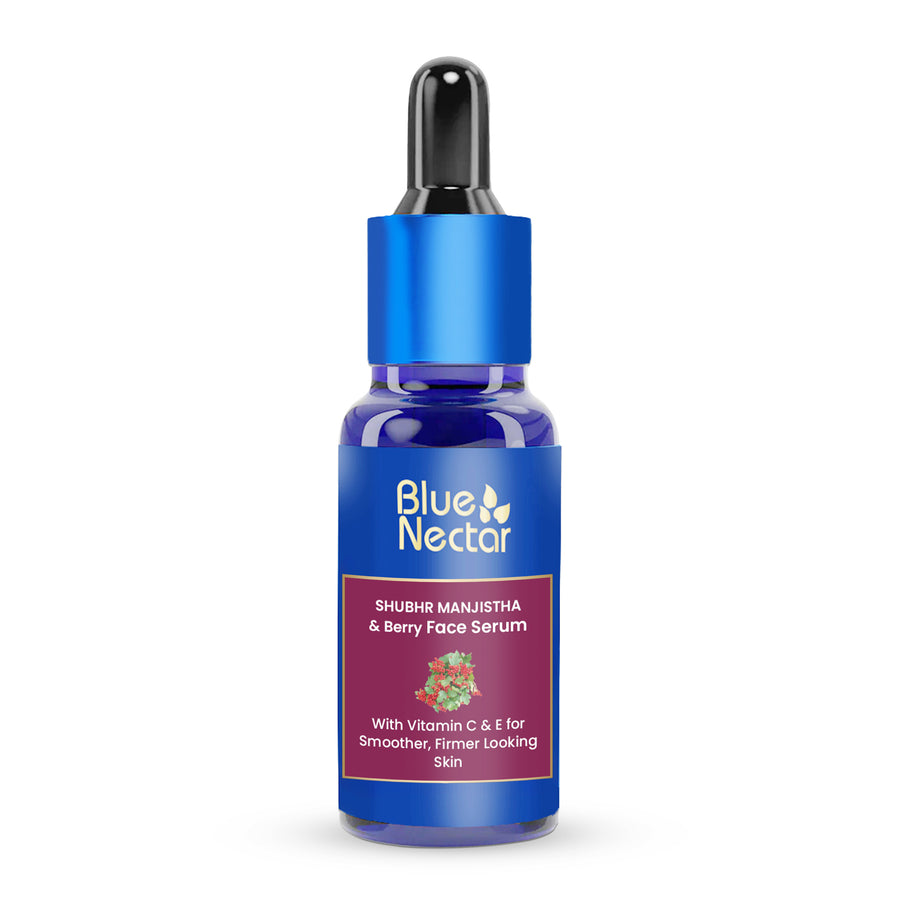
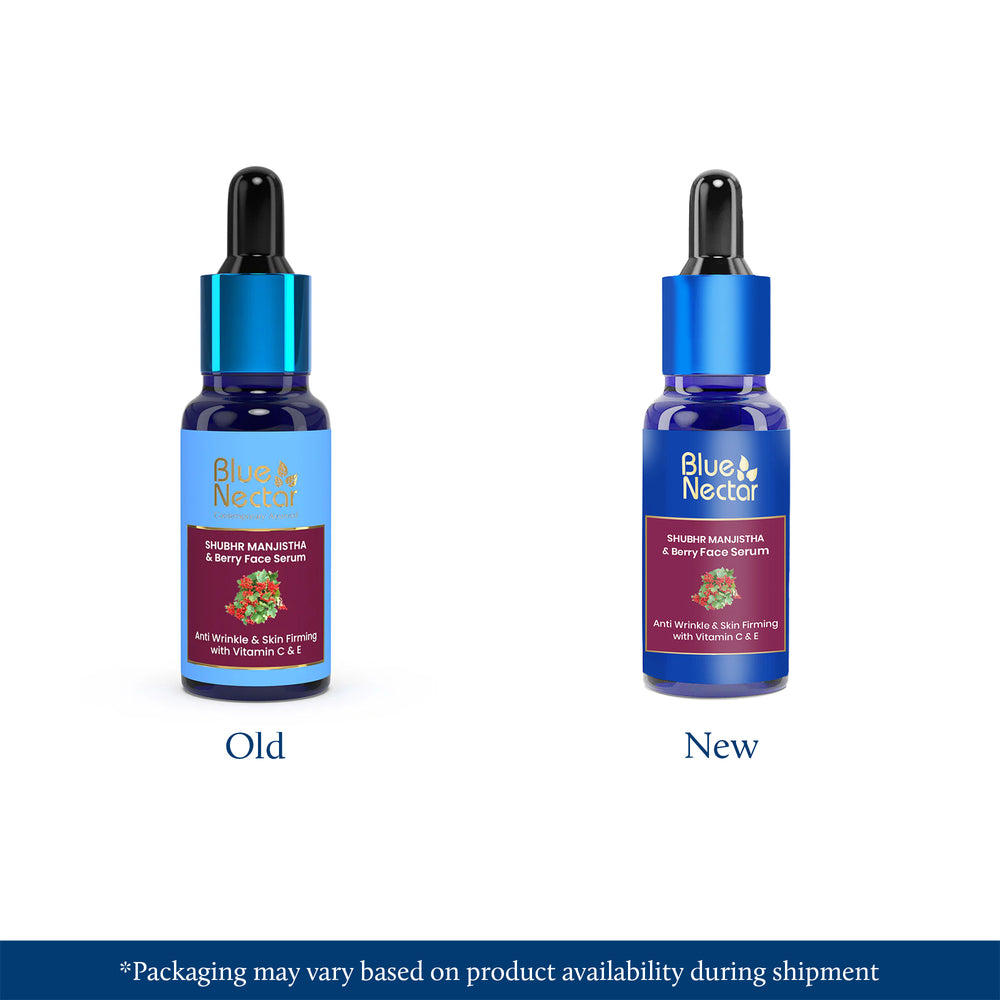
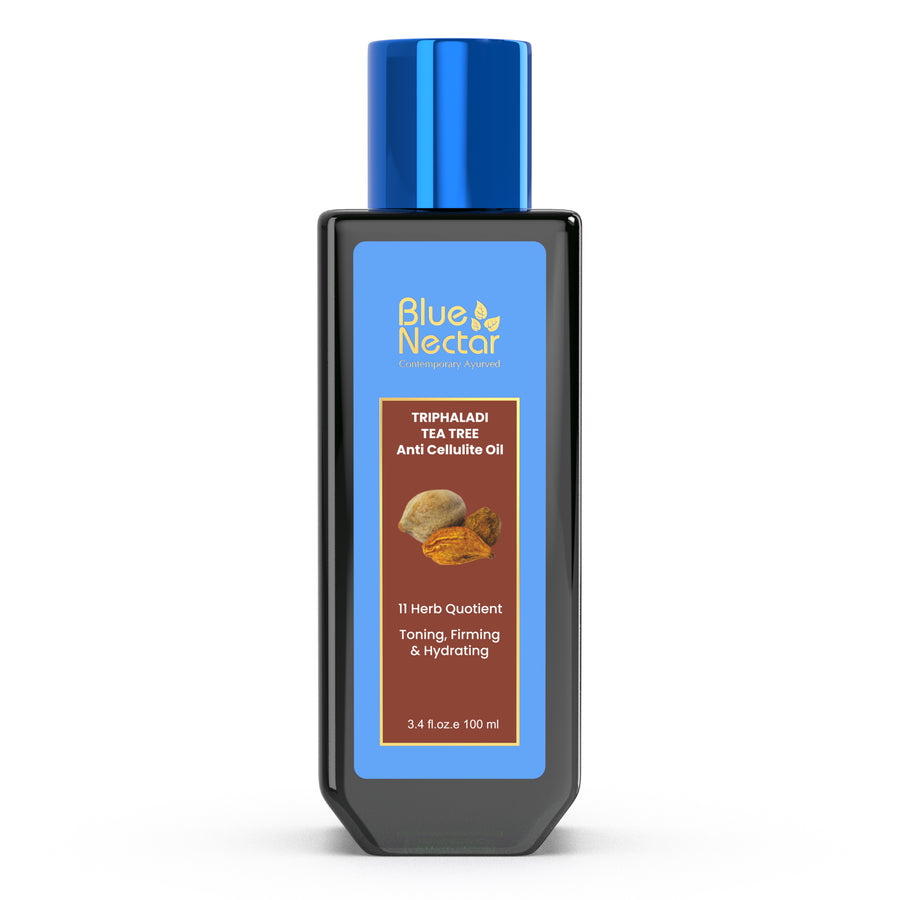
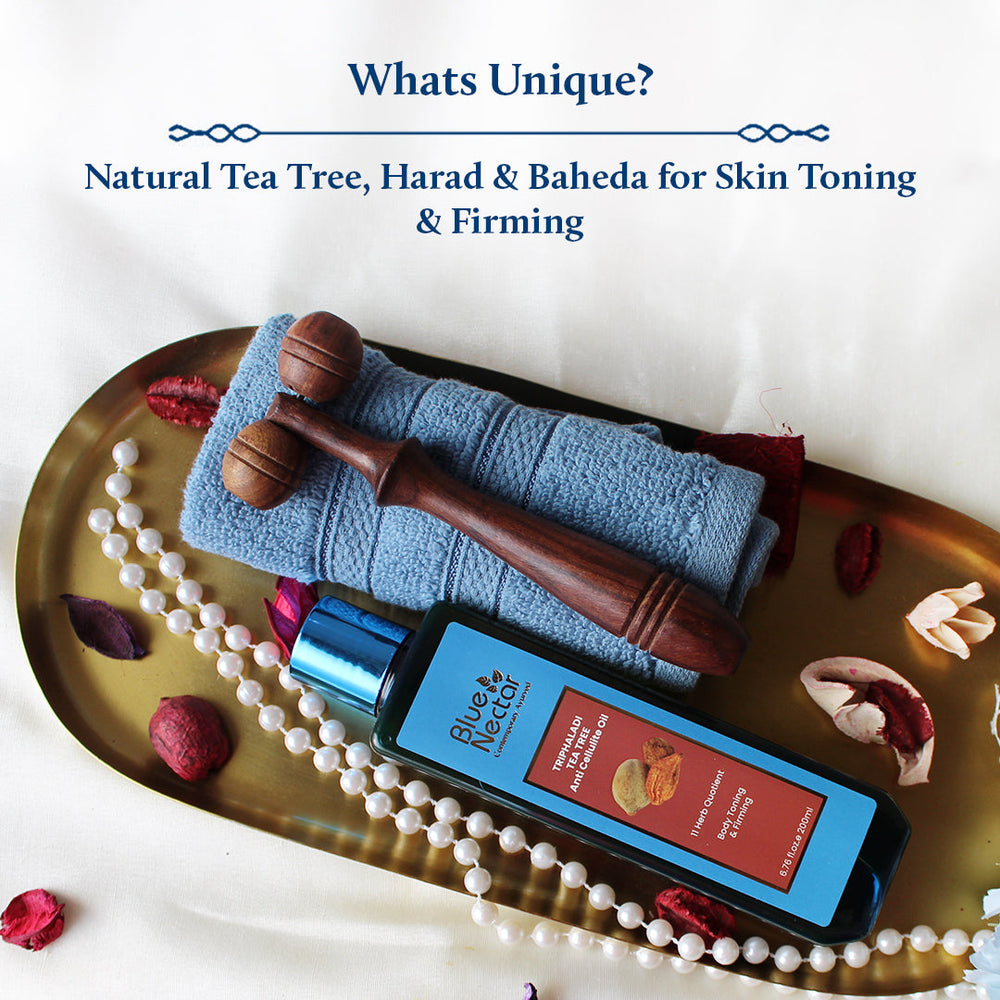
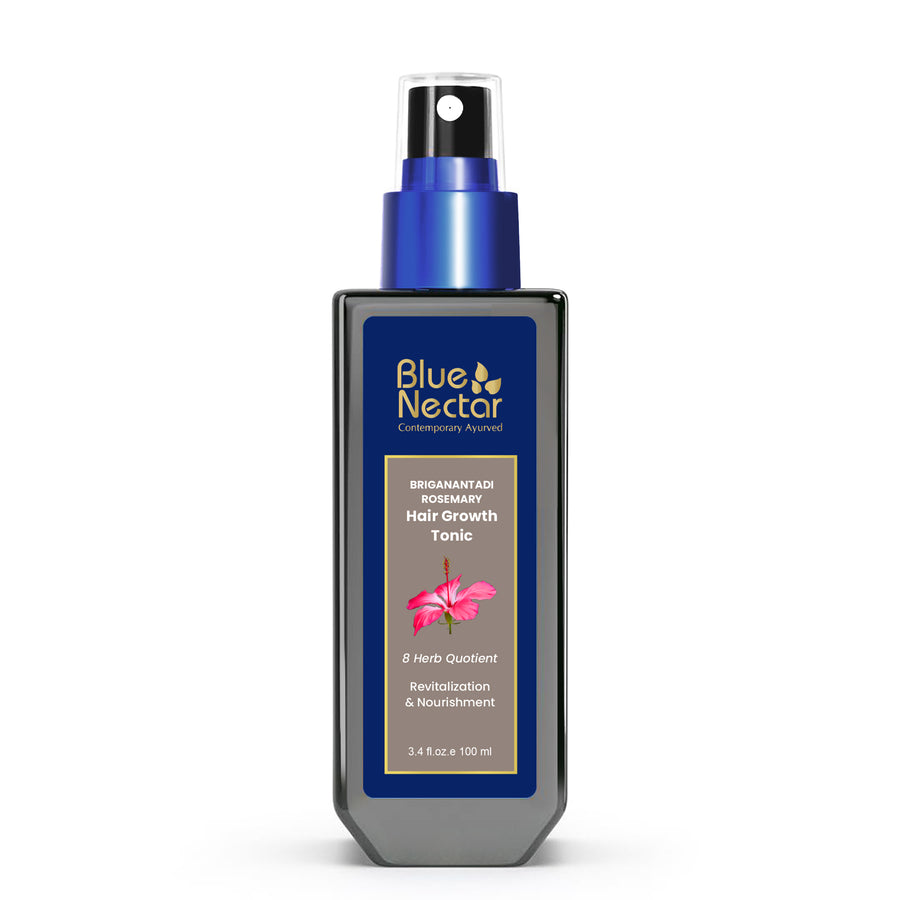
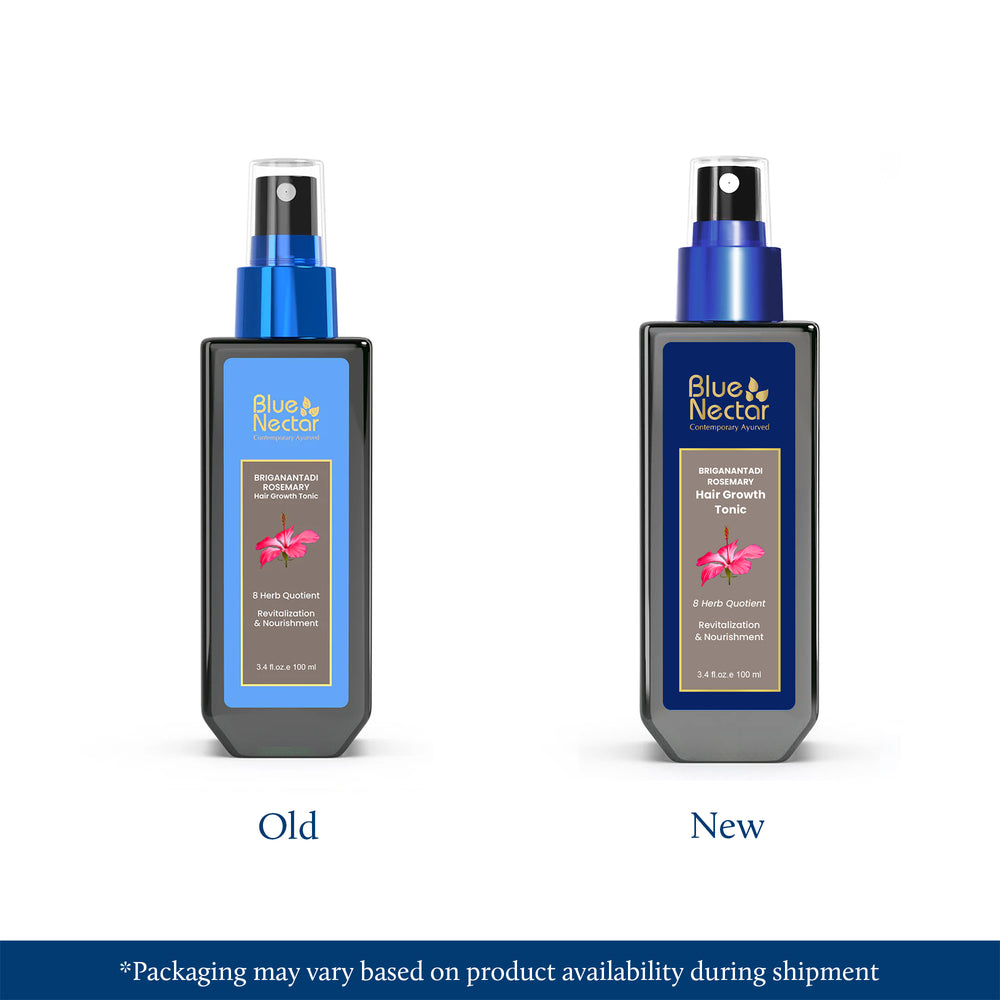
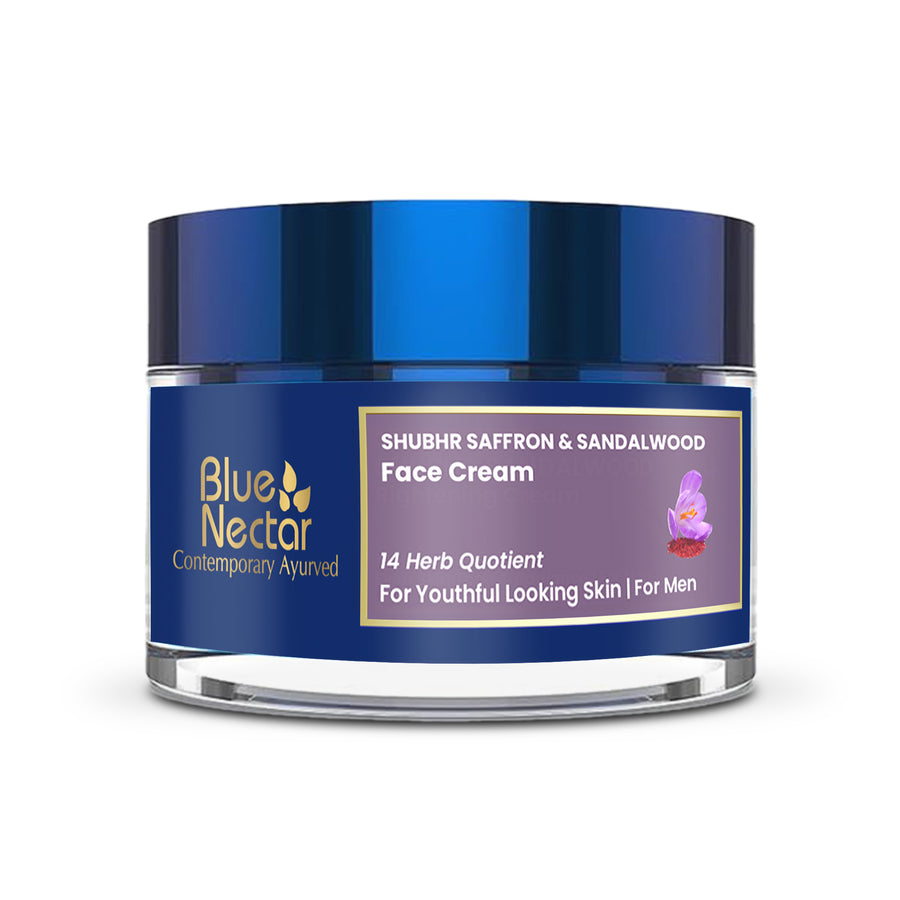
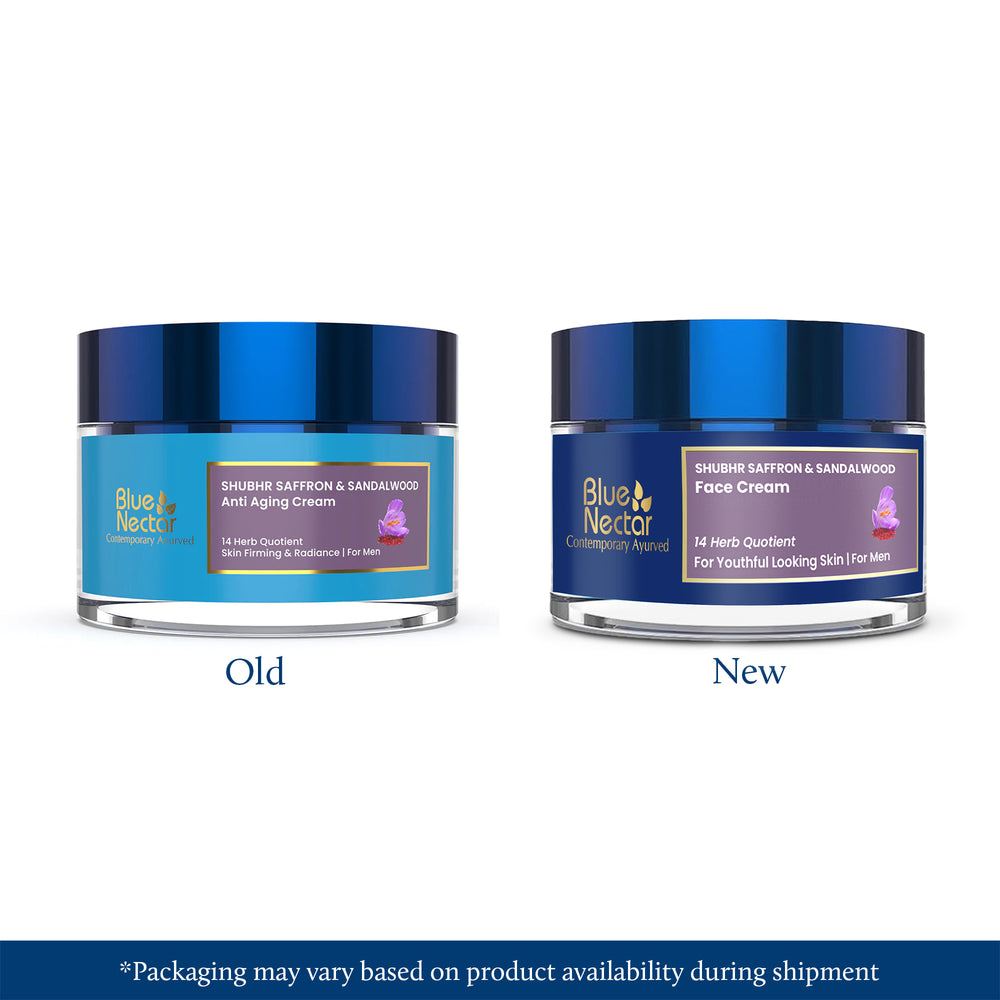
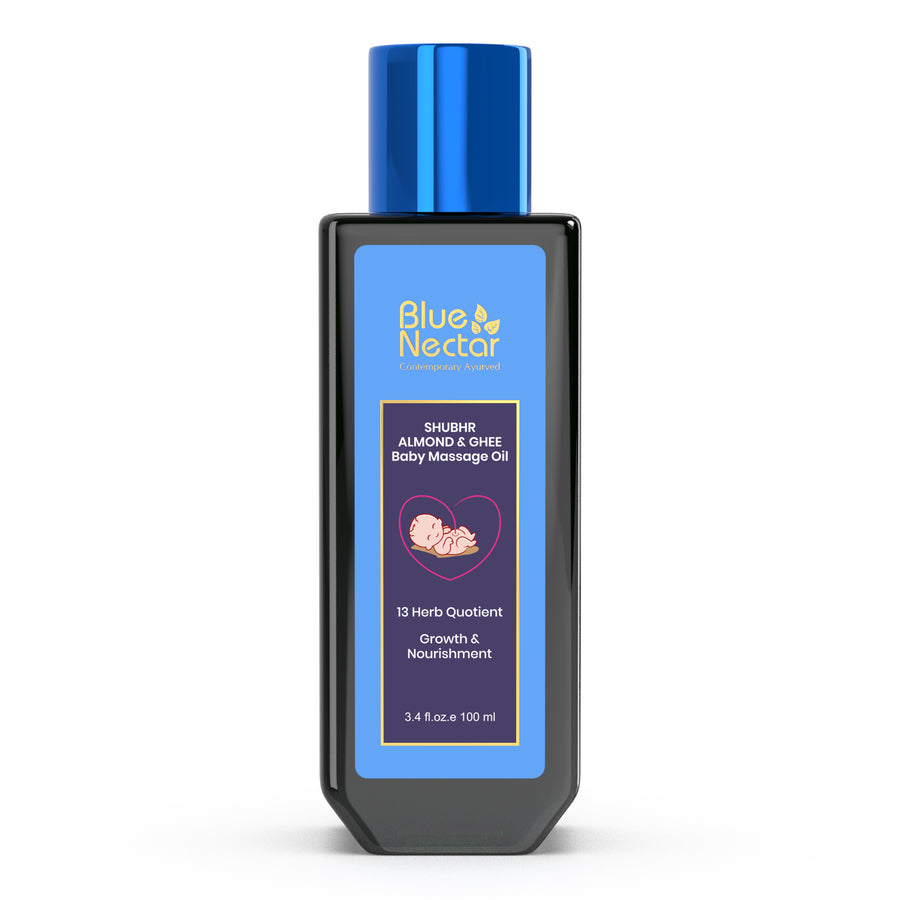

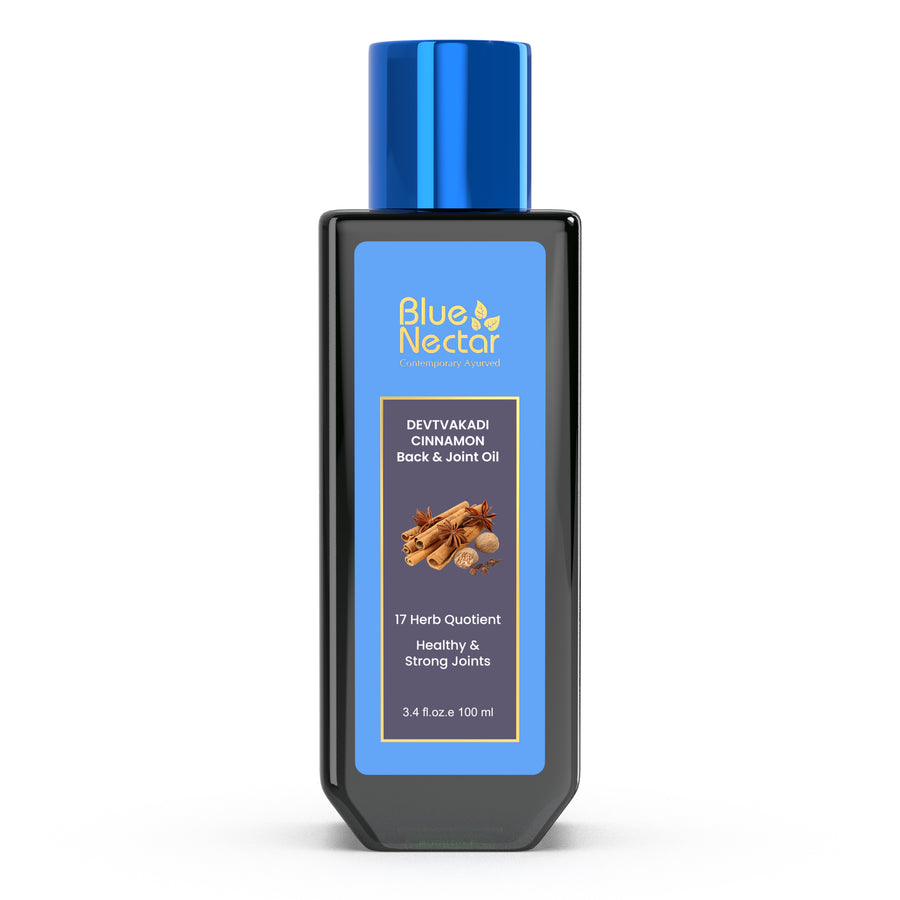
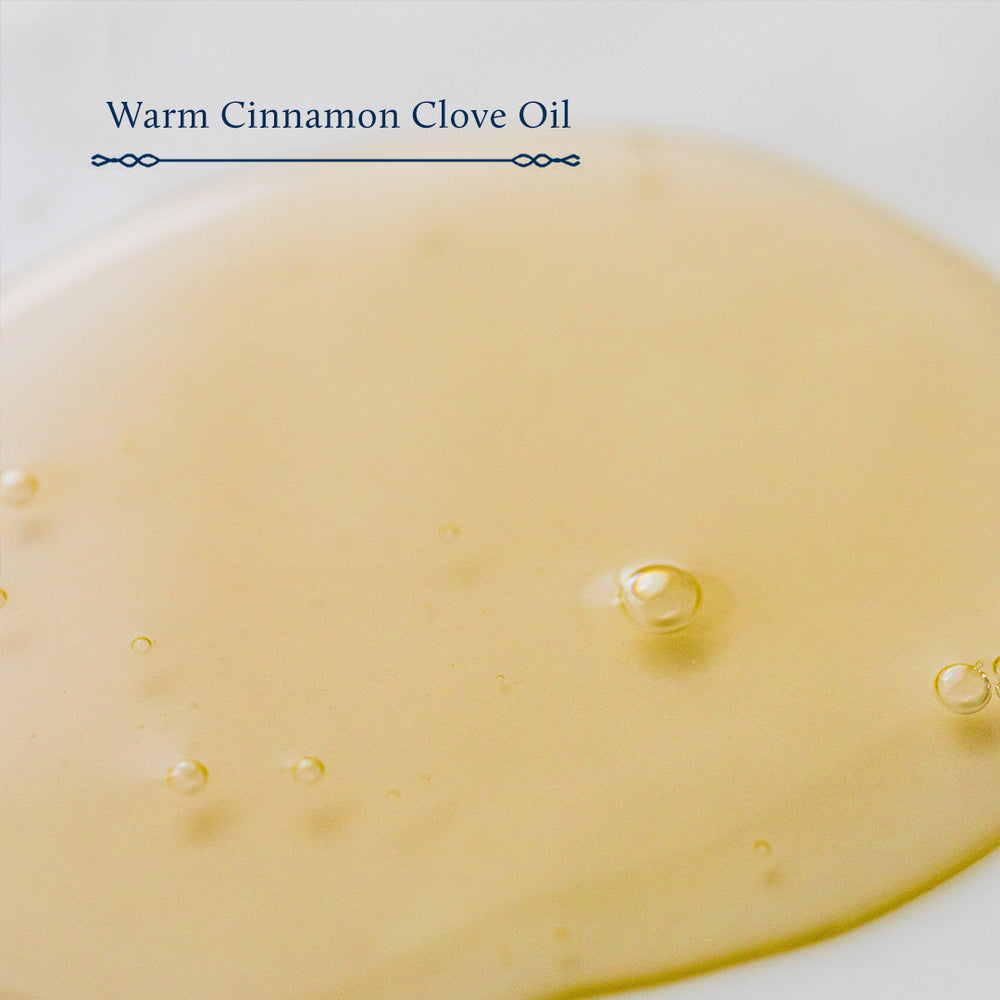
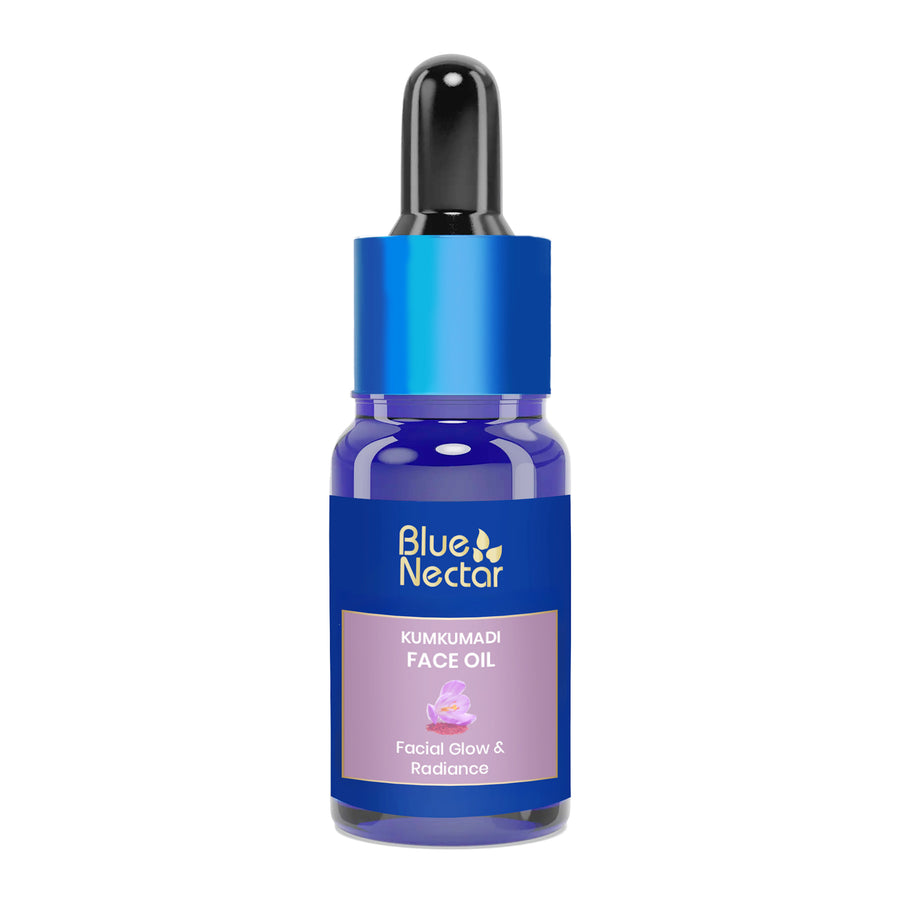
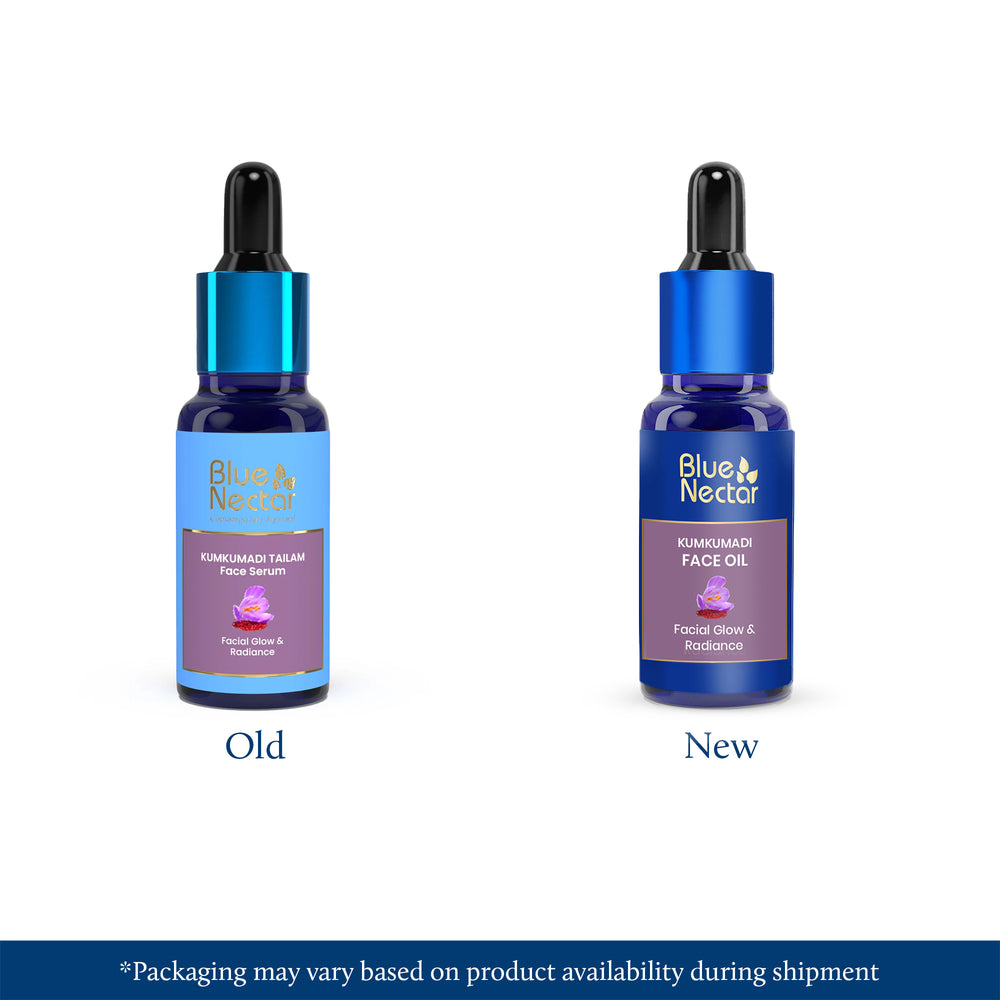
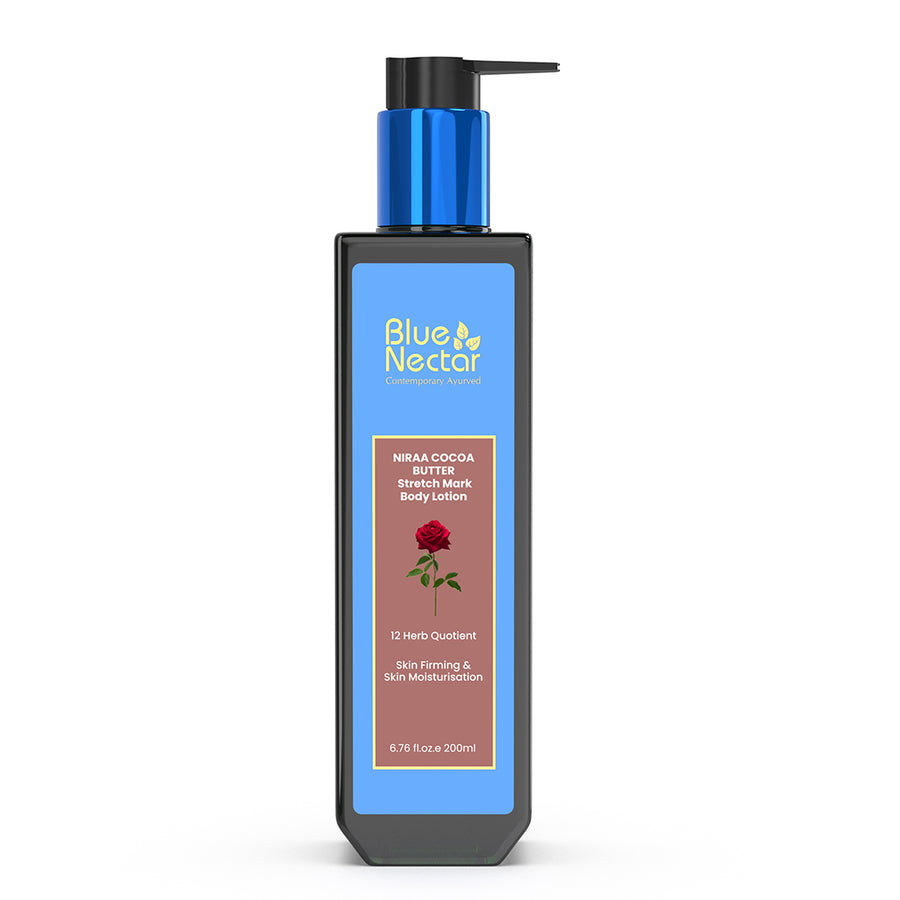

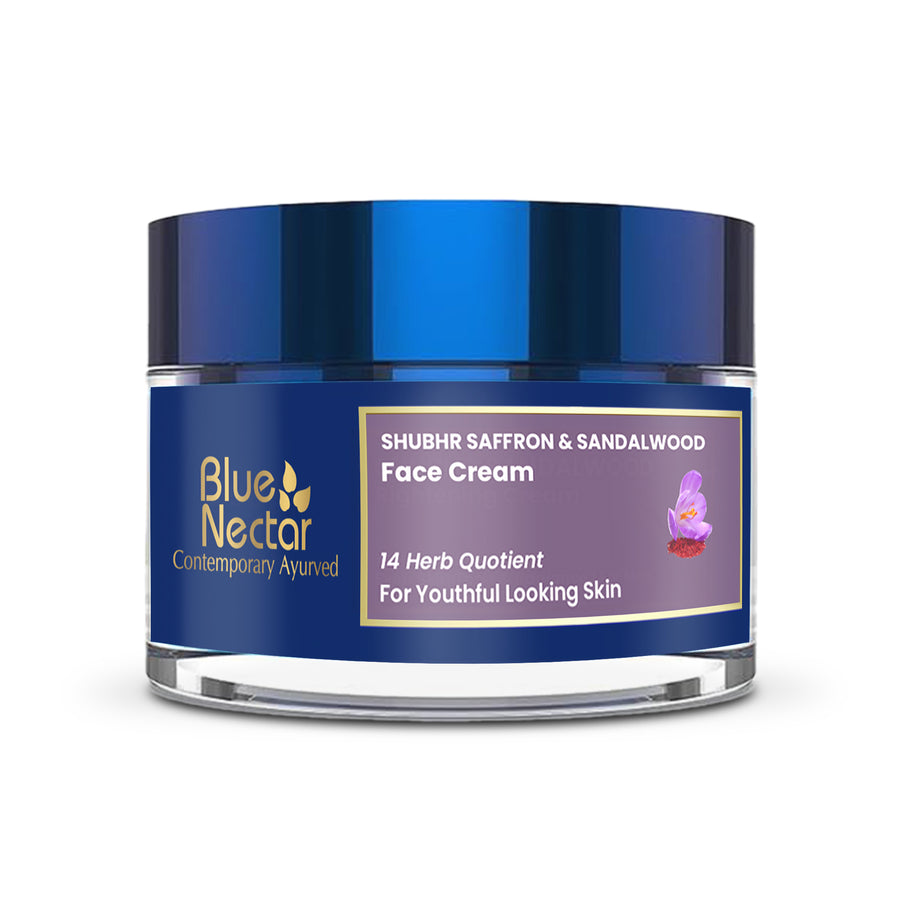
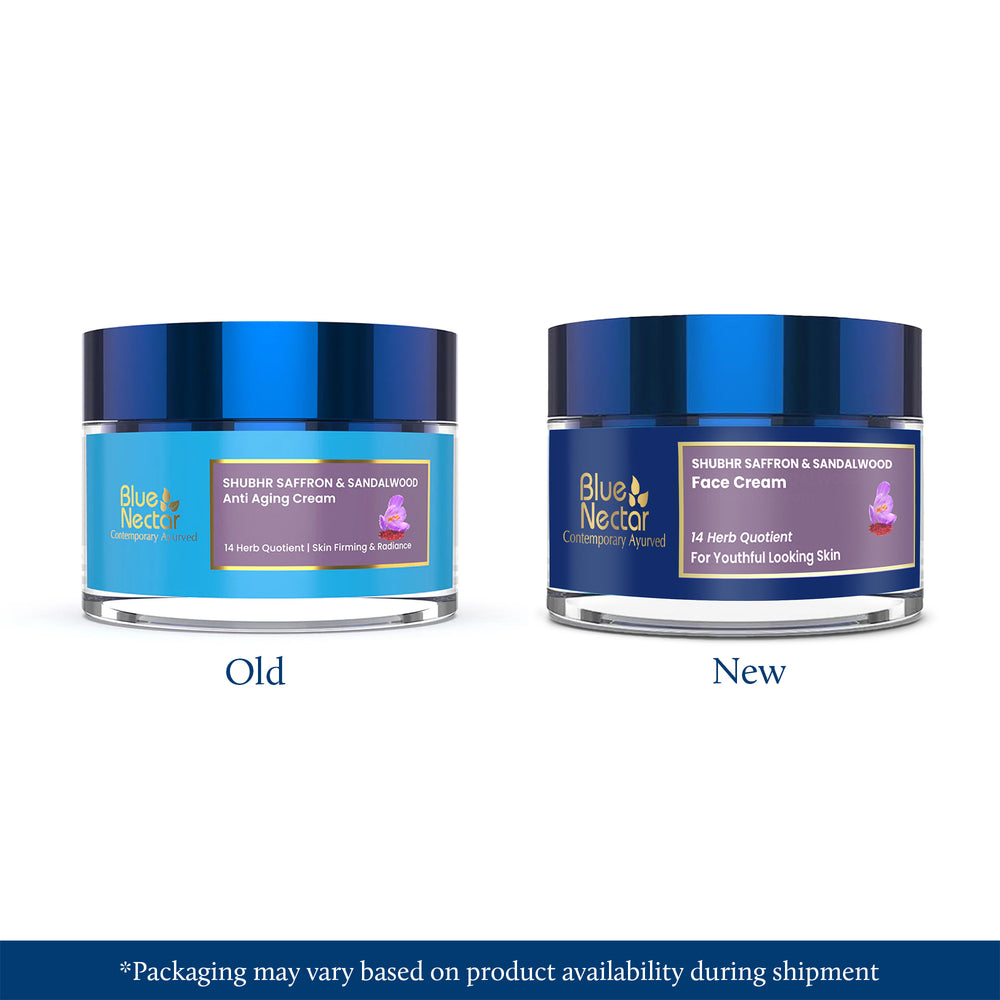
Leave a comment